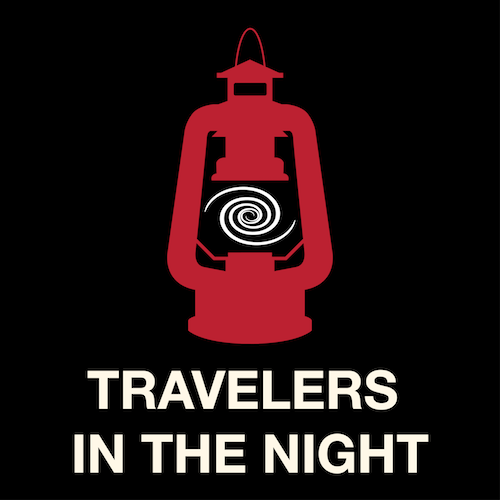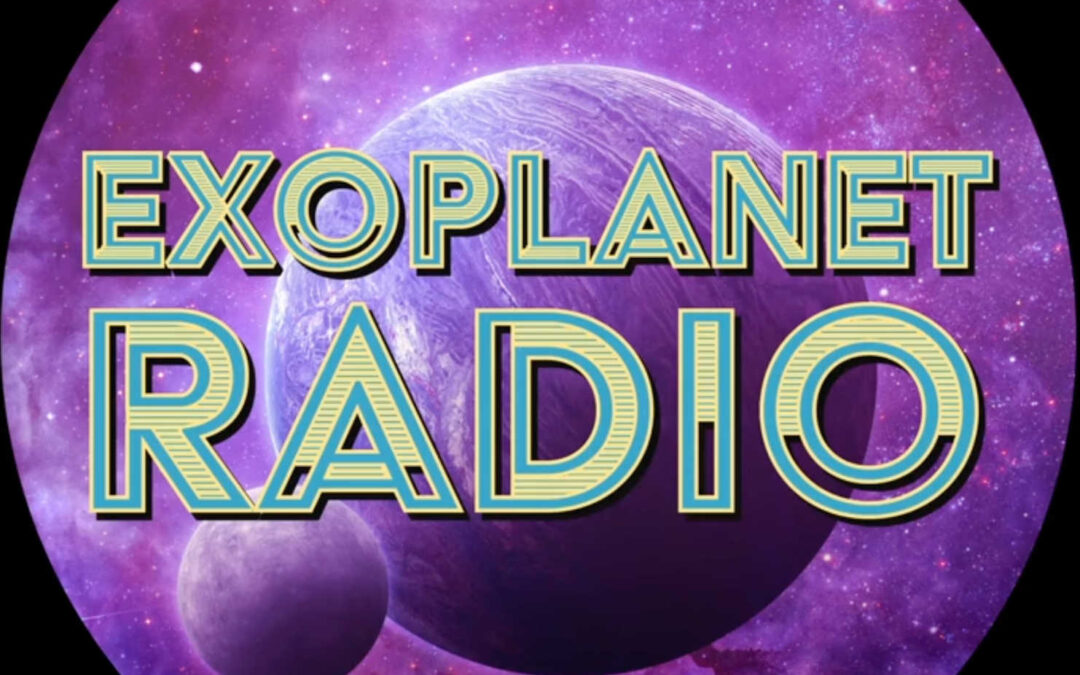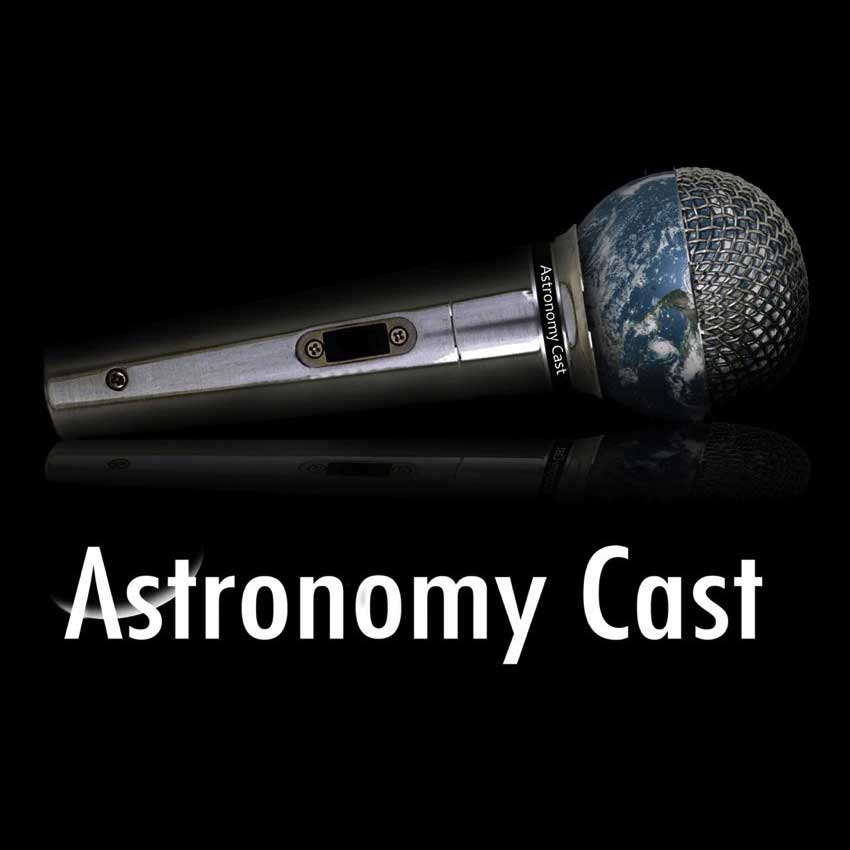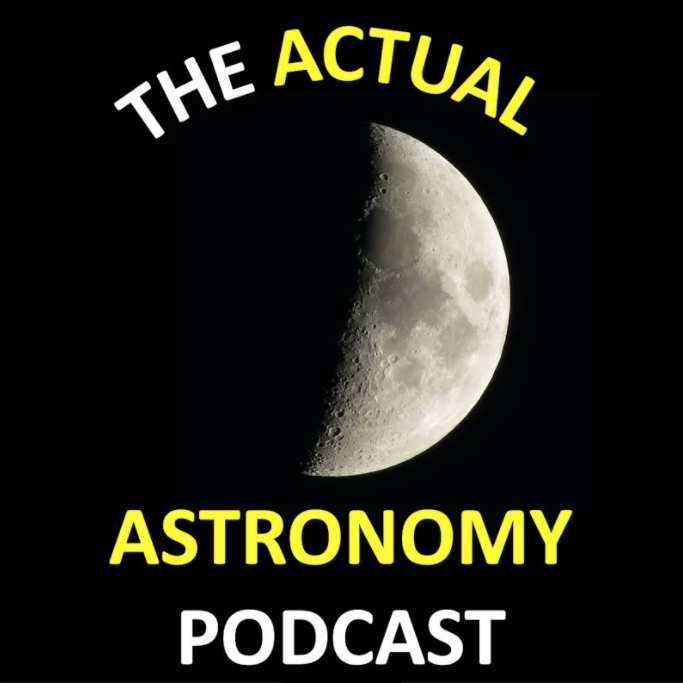What would happen if a large impactor hit our oceans? And more about the protoplanetary disk around HD 163296


What would happen if a large impactor hit our oceans? And more about the protoplanetary disk around HD 163296

The fact that we’ve found a habitable planet candidate so soon after starting our search has important implications. More on today’s podcast

Lets take a closer look at the search for a possible planet in our outer solar system & also aurorae here, Jupiter, & Neptune

Taking a look at the last 40 years we went from knowing of the handful of planets in solar system to knowing of around 5,000 planets littering the galaxy.

April of 2025 brings us the annual Lyrid meteor shower, all the naked-eye planets, and plenty of lunar close encounters.

Most planets orbit stars. That’s the rule, right? Well, maybe not. Sometimes planets just go rogue. Let’s learn about planets living free from stars.

Join us today as @ActualAstronomy talk about Moon pairing with the planets, a lunar eclipse and some deep sky objects you can see.

ebruary 2025 is a phenomenal continuation of January’s planetary-ness! You’ll get chances to see all the planets before going to bed and a conjunction of Mercury & Saturn.nd a brief but intense meteor shower shows up.

Happy New Year! Today we have @CheapAstro investigates our expanding universe, as well as some dead planets.

Today we have Cheap Astronomy tries colonising the Solar System. If we did what would we do with the different planets?